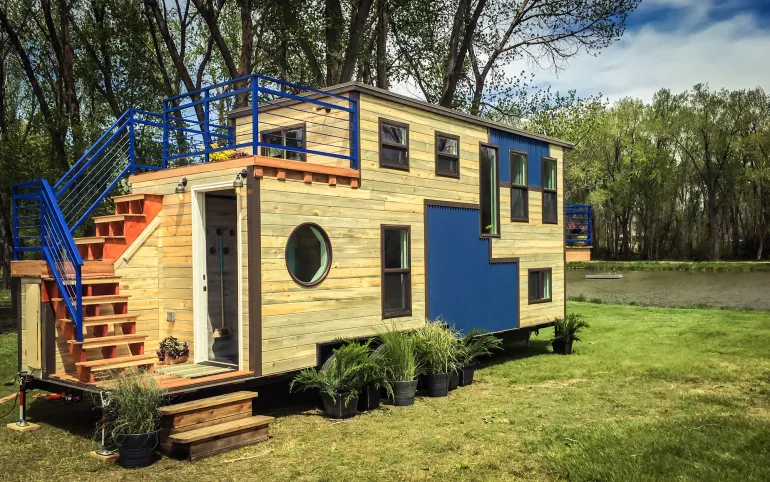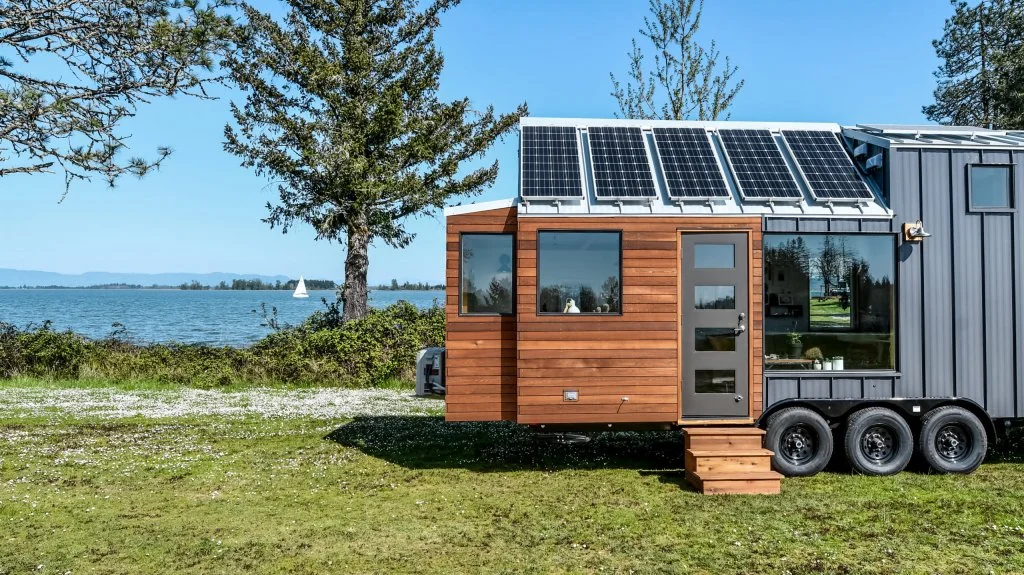
How Tiny Homes Help Reduce Your Carbon Footprint
1. Use Fewer Construction Materials
Tiny homes typically range between 100–400 square feet, so they naturally require far less wood, drywall, insulation, and concrete than a standard 2,600 sq ft house . This material reduction translates into lower embodied carbon emissions from harvesting, manufacturing, and transport
2. Cut Energy Consumption Dramatically
With less space to heat, cool, or light, tiny homes use significantly less energy. Studies show average savings of up to 45% reduction in energy use compared to traditional homes. A traditional American home may emit ~28,000 lbs CO₂ annually, while a tiny home releases just about 2,000 lbs
3. Adopt Minimalism & Behavior Change
Living in compact space fundamentally limits storage, prompting residents to consume less and recycle more. Surveyed occupants of tiny homes adopted more sustainable habits across 86% of examined behaviors—reducing shopping, lowering waste, driving less, and eating locally.

4. Support Renewable & Off‑Grid Systems
Due to their small power needs, tiny homes are ideal for solar panels, composting toilets, efficient appliances, rainwater harvesting, and insulation-focused design. Many are off-grid or partially self-sustaining.
5. Cut Land Use & Preserve Habitat
Tiny homes take up far less land—minimizing habitat disruption, promoting green space, and reducing urban sprawl. Compact footprint also enables staying in shared spaces or backyard dwellings, contributing to community resilience.
6. Lower Lifetime Carbon Footprint
Long-term studies (e.g., in Australia) show tiny homes can reduce per-person carbon emissions by 70% over their lifespan, and you’d need at least 10 people in a traditional home to match those per-person savings







3 Comments
This is exactly what i was looking for, thank you so much for these tutorials
It would be great to try this theme for my businesses
What a nice article. It keeps me reading more and more!